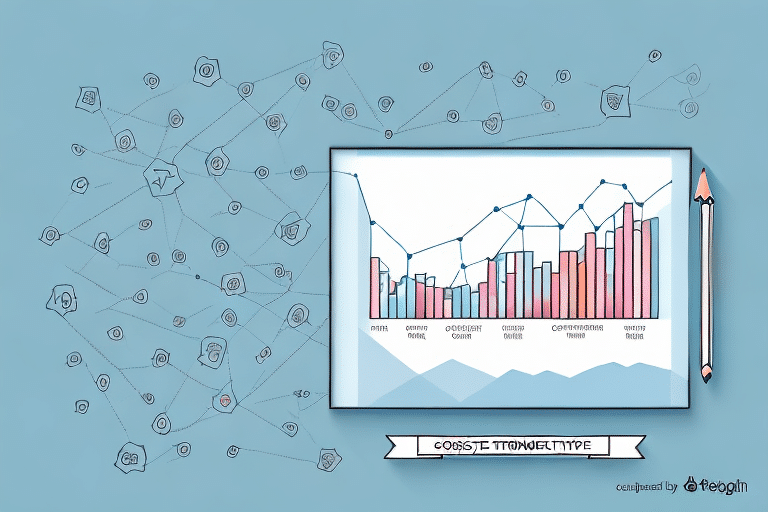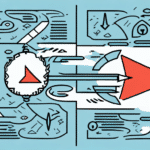Understanding the Importance of Customer Retention
Customer retention refers to a company's ability to keep its existing customers engaged and satisfied over time. Unlike customer acquisition, which focuses on attracting new customers, retention emphasizes nurturing long-term relationships. Effective customer retention is crucial for sustained business growth, providing a stable revenue base and fostering brand loyalty.
Why Customer Retention Matters
Retaining existing customers is often more cost-effective than acquiring new ones. Studies indicate that increasing customer retention rates by 5% can boost profits by 25% to 95%. Loyal customers are more likely to make repeat purchases, spend more, and refer others, enhancing both revenue and brand reputation.
Long-Term Business Sustainability
Customer retention contributes to the long-term sustainability of a business. Loyal customers provide consistent revenue streams and reduce the volatility associated with fluctuating customer acquisition rates. Additionally, a strong retention strategy fosters a reliable customer base that can withstand market changes and economic downturns.
Analyzing the Costs of Customer Retention
While customer retention offers numerous benefits, it also incurs specific costs. Understanding these expenses is essential for businesses to allocate resources effectively and maximize return on investment.
Components of Retention Costs
- Loyalty Programs: Implementing rewards systems to incentivize repeat business.
- Customer Service: Investing in training and tools to provide excellent support.
- Personalized Marketing: Tailoring communication and offers to individual customer preferences.
- Technology Investments: Utilizing CRM systems to manage customer relationships effectively.
Calculating Customer Lifetime Value (CLV)
The Customer Lifetime Value (CLV) is a critical metric for determining how much a business can afford to invest in retaining a customer. CLV calculates the total revenue a customer is expected to generate over their relationship with the company. Understanding CLV helps businesses prioritize high-value customers and optimize retention strategies accordingly.
For a detailed guide on calculating CLV, refer to Investopedia's overview of Customer Lifetime Value.
Effective Strategies to Boost Customer Retention
Implementing robust retention strategies can significantly enhance customer loyalty and business performance. Here are some proven methods to improve retention rates:
Providing Exceptional Customer Service
Responsive and personalized customer service is paramount. Quick resolution of issues, empathetic interactions, and proactive support can make customers feel valued and appreciated.
Implementing Loyalty Programs
Loyalty programs reward repeat customers with points, discounts, or exclusive offers. These programs encourage ongoing engagement and make customers feel recognized for their loyalty.
Personalizing Customer Experiences
Personalization involves tailoring products, services, and communications to meet individual customer preferences. Using data analytics and CRM tools, businesses can deliver customized recommendations and offers that resonate with each customer.
Engaging Through Multiple Channels
Maintaining active communication across various channels—such as email, social media, and mobile apps—ensures that customers remain engaged. Consistent and valuable interactions across these platforms strengthen the customer relationship.
Soliciting and Acting on Customer Feedback
Regularly seeking customer feedback through surveys, reviews, and direct interactions allows businesses to understand customer needs and address pain points. Implementing changes based on feedback demonstrates a commitment to customer satisfaction.
Measuring the Success of Retention Efforts
To ensure that retention strategies are effective, it's essential to track and analyze relevant metrics. Key performance indicators (KPIs) provide insights into the effectiveness of your efforts and identify areas for improvement.
Key Retention Metrics
- Churn Rate: The percentage of customers who stop doing business with a company over a specific period.
- Repeat Purchase Rate: The proportion of customers who make multiple purchases.
- Net Promoter Score (NPS): Measures customer willingness to recommend a company to others.
- Customer Lifetime Value (CLV): The total revenue a customer is expected to generate during their relationship with the company.
Using Analytics Tools
Leveraging analytics tools like Google Analytics and specialized CRM software can help businesses track these metrics accurately. These tools provide actionable insights that inform strategy adjustments and optimize retention efforts.
Case Studies: Successful Customer Retention Strategies
Examining how leading brands implement retention strategies can offer valuable lessons for other businesses.
Amazon's Prime Membership
Amazon's Prime program offers members benefits like free shipping, exclusive deals, and access to streaming services. This comprehensive loyalty program enhances customer satisfaction and encourages repeat business.
Starbucks Rewards
Starbucks' Rewards program provides personalized offers, free products, and exclusive experiences to loyal customers. By integrating rewards with mobile app functionality, Starbucks ensures seamless and engaging customer interactions.
Apple's Ecosystem Integration
Apple fosters customer loyalty by creating a seamless ecosystem across its products and services. The integration ensures that customers who own multiple Apple devices enjoy a consistent and interconnected experience, reducing the likelihood of switching to competitors.
Balancing Customer Acquisition and Retention
While focusing on retention is essential, a balanced approach that also emphasizes customer acquisition ensures comprehensive business growth.
Allocating Resources Effectively
Determining the right balance between acquisition and retention depends on factors like industry standards, business goals, and customer base. Typically, retaining existing customers should take priority, as it's more cost-effective and yields higher ROI.
Integrated Marketing Strategies
Combining acquisition and retention efforts through integrated marketing strategies ensures that new customers are welcomed effectively while existing customers continue to receive value. This holistic approach fosters a unified brand experience that supports both growth and loyalty.
Future Trends in Customer Retention
Staying abreast of evolving trends is crucial for maintaining effective retention strategies. Emerging technologies and changing consumer behaviors shape the future landscape of customer retention.
Hyper-Personalization
Advancements in data analytics and AI enable businesses to offer highly personalized experiences. Hyper-personalization goes beyond basic customization, delivering unique and relevant interactions tailored to individual customer behaviors and preferences.
Artificial Intelligence and Automation
AI-driven tools can automate customer service, predict churn, and personalize marketing efforts at scale. By leveraging AI, businesses can enhance efficiency and provide timely, relevant interactions that boost retention.
Mobile Engagement
The increasing use of mobile devices for shopping and communication necessitates mobile-optimized retention strategies. Mobile apps, push notifications, and mobile-friendly content ensure that businesses remain accessible and engaging on-the-go.
Conclusion: The Value of Investing in Customer Retention
Investing in customer retention is a strategic imperative for businesses aiming for long-term success. Effective retention strategies not only reduce costs associated with acquiring new customers but also build a loyal customer base that drives sustained revenue growth. By understanding the costs, implementing proven strategies, and staying attuned to future trends, businesses can enhance customer satisfaction and secure their position in the market.




















